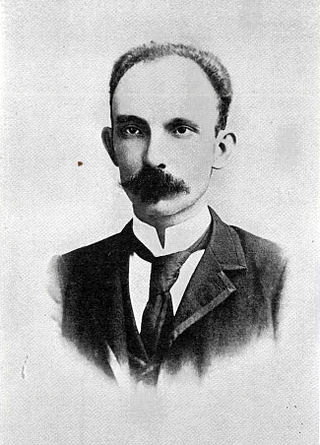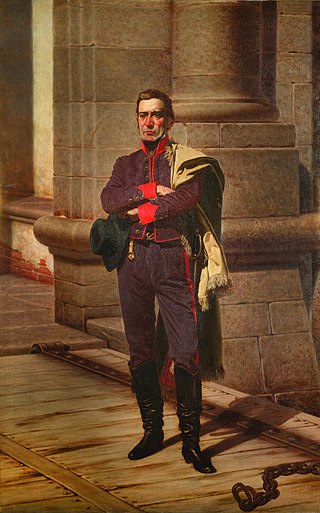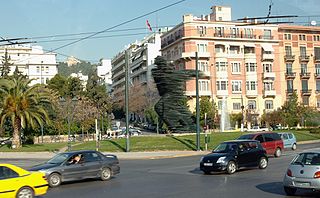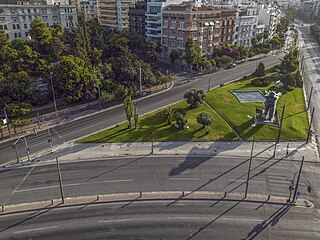Self-guided Sightseeing Tour #3 in Athens, Greece
Legend
Guided Free Walking Tours
Book free guided walking tours in Athens.
Guided Sightseeing Tours
Book guided sightseeing tours and activities in Athens.
Tour Facts
0.8 km
34 m
Experience Athens in Greece in a whole new way with our free self-guided sightseeing tour. This site not only offers you practical information and insider tips, but also a rich variety of activities and sights you shouldn't miss. Whether you love art and culture, want to explore historical sites or simply want to experience the vibrant atmosphere of a lively city - you'll find everything you need for your personal adventure here.
Activities in AthensIndividual Sights in AthensSight 1: José Martí
José Julián Martí Pérez was a Cuban nationalist, poet, philosopher, essayist, journalist, translator, professor, and publisher, who is considered a Cuban national hero because of his role in the liberation of his country from Spain. He was also an important figure in Latin American literature. He was very politically active and is considered an important philosopher and political theorist. Through his writings and political activity, he became a symbol of Cuba's bid for independence from the Spanish Empire in the 19th century, and is referred to as the "Apostle of Cuban Independence". From adolescence on, he dedicated his life to the promotion of liberty, political independence for Cuba, and intellectual independence for all Spanish Americans; his death was used as a cry for Cuban independence from Spain by both the Cuban revolutionaries and those Cubans previously reluctant to start a revolt.
Sight 2: José Gervasio Artigas
José Gervasio Artigas Arnal was a soldier and statesman who is regarded as a national hero in Uruguay and the father of Uruguayan nationhood.
Sight 3: Πλατεία Ουρουγουάης
Uruguay Square is a small square in the Hilton district of Athens, just behind the homonymous hotel, at the junction of Hatzigianni Mexi and Michalakopoulou streets. In the square there are two benches and a paved area surrounded by lawns, as well as the bronze statue of José Hervasio Artigas, the general who is considered the father of Uruguay's independence. The construction of the statue was completed in 1950, but its erection took place only in 2000, after it was given as a gift to the municipality of Athens by the Ministry of Education and Culture of Uruguay.
Sight 4: Runner
"The Drome" is a sculpture by Kostas Varotsos, located opposite the Hilton Hotel in Athens. Made of glass and with an iron frame, it was originally created in August 1988 in Omonia Square, at the top of the pyramidal fountain that existed at the time. The sculpture was created as part of the artistic action "Dromena" organized by the Municipality of Athens under Mayor Miltiadis Evert, at the initiative of the Deputy Mayor of Cultural Affairs Stavros Xarchakos.
Sight 5: Πλατεία Μεγάλης του Γένους Σχολής
The Great School Square is located in Athens opposite the Evangelismos Hospital and on Vasilissis Sofias Avenue, at the height of the Hilton Hotel.
Share
How likely are you to recommend us?
Disclaimer Please be aware of your surroundings and do not enter private property. We are not liable for any damages that occur during the tours.
GPX-Download For navigation apps and GPS devices you can download the tour as a GPX file.



